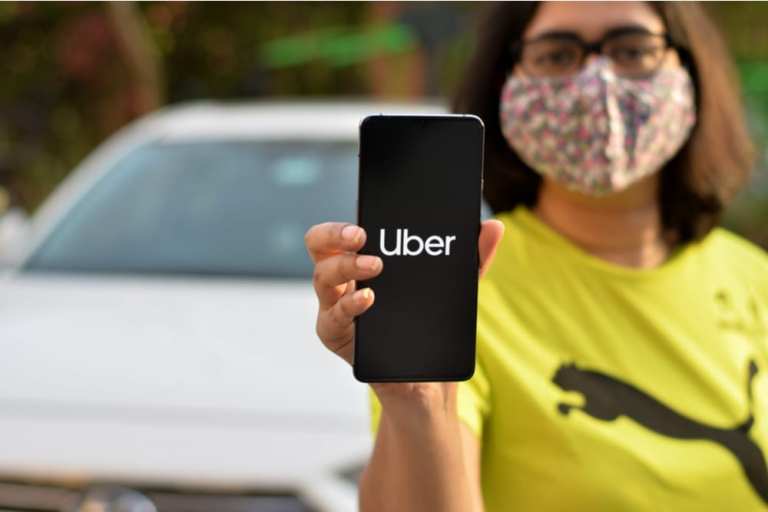
Uber will use the same technology it employs to ensure drivers are wearing masks to verify passengers do the same, the company said in an announcement Tuesday (Sept. 1).
Beginning in late September in the U.S. and Canada, and later in other regions, if a driver reports after a trip that the passenger wasn’t wearing a mask, Uber will use selfie technology to ensure that passenger is wearing a mask as part of ordering future rides. Uber in May implemented software to ensure drivers are wearing masks while ferrying passengers.
“We firmly believe that accountability is a two-way street,” Uber said in the announcement. “That’s why we’re expanding the same technology to riders, too.”
“As with the driver mask verification tool, this technology detects the mask as an object in the photo and does not process biometric information,” Uber added in the announcement.
And what if a rider doesn’t want to produce proof of a mask?
“As always, riders and drivers are free to cancel a trip, without penalty, if the other person isn’t wearing a mask,” Uber said in the announcement. “As more and more riders and drivers take their ‘second first trip,’ we hope this increased accountability provides more peace of mind.”
Mask-wearing has been widely cited by health officials around the world as an effective deterrent against the spread of COVID-19.
In explaining its mask policy when launching it in May, Uber said: “Everyone riding, driving, and delivering on Uber’s platform must wear a face cover or mask. We are not requiring surgical masks or N95 respirators, which are in short supply and should be conserved for healthcare workers. When wearing a face cover or mask, make sure it covers your face from the bridge of your nose down to your chin. Face covers can be made of cloth, should cover the mouth and nose, and be secured to your face.”
In a separate effort to help combat the spread of COVID-19, Uber said in late July that it would share data about drivers and passengers identified by contact-tracers as having possibly been exposed to the virus with health agencies.